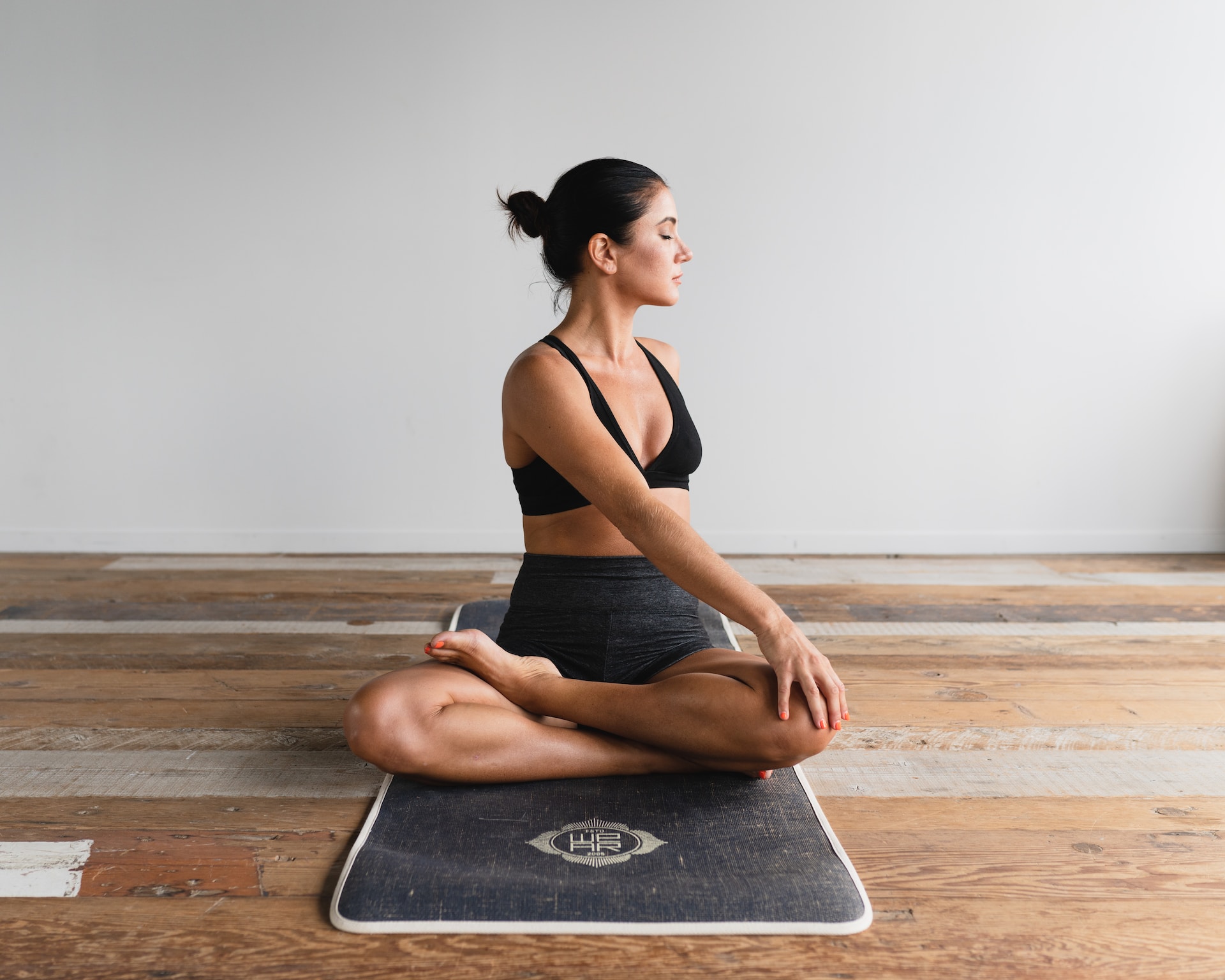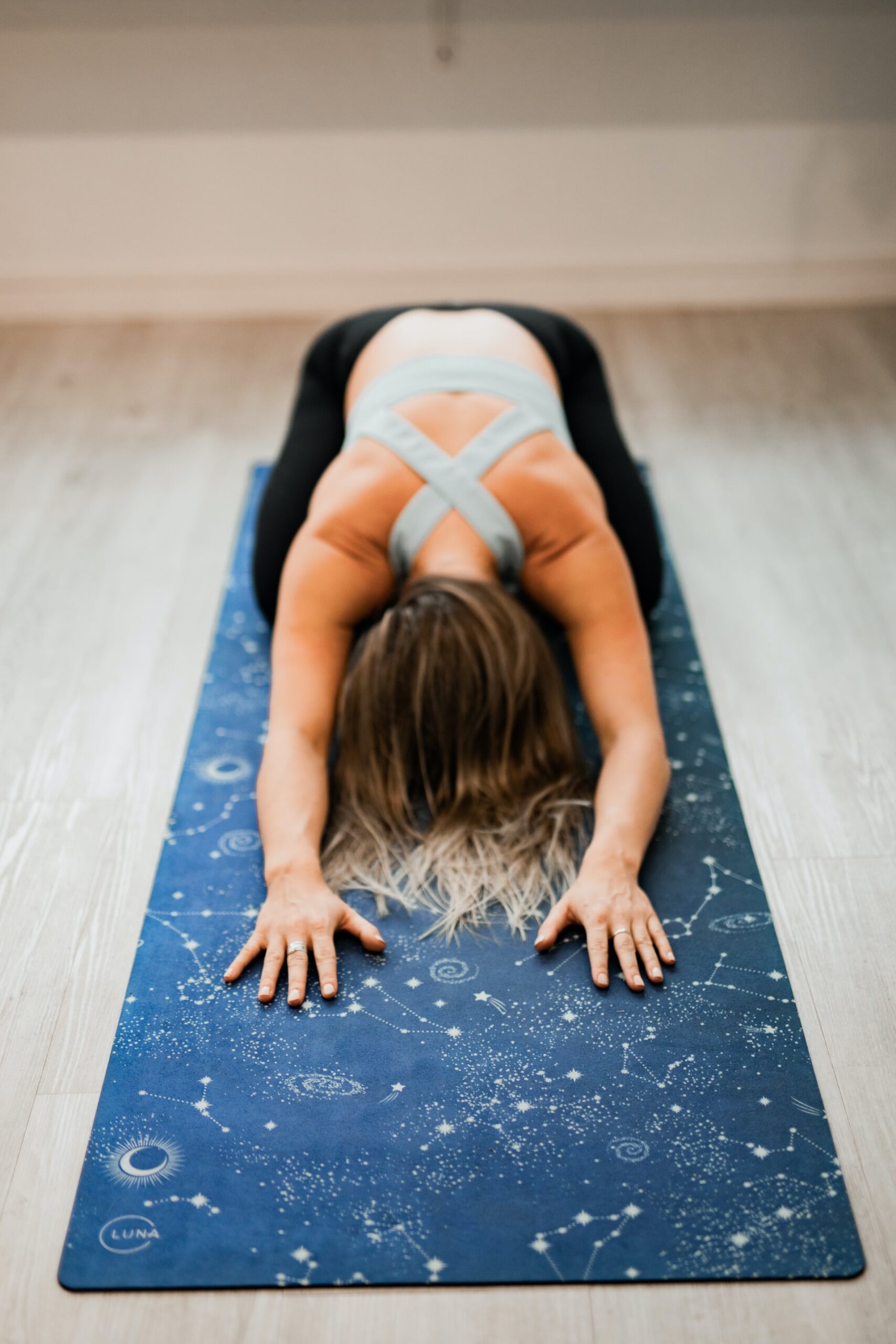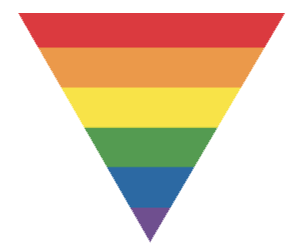Written by Lindsay Abrames
Yoga is grounded in ancient traditional Indian wisdom, while the Polyvagal Theory (PVT) is based in modern neurophysiology. Despite their differences, yoga and PVT converge by promoting mental, emotional, physical, and social well-being. Yoga and PVT share the idea of taking care of the body to take care of the mind. Yoga positively affects the mind-body network that houses the autonomic nervous system (ANS) where all lived experience happens. Vagal tone, which refers to the level of activity and functioning of the vagus nerve, is directly connected to emotional and attentional regulation. Yoga practices offer a portal to improve vagal tone for flexibility in nervous system responses and resilience. Some yogic practices that stimulate vagus nerve activity and the parasympathetic relaxation response include physical movement and postures (asana), breath (pranayama), and meditation (dhyana).

The wandering vagus nerve connects through the throat, vocal cords, heart, lungs, and diaphragm which makes breathing techniques a powerful tool to improve vagal tone and reduce the fight-flight stress response. The breath and associated vibrations send messages to the brain that you are safe and you can relax. Some examples to try in a comfortable seated position:
- Deep belly breaths: inhale through the nose to expand the belly like a balloon, exhale slowly to release the belly (repeat with prolonged exhalation relative to inhalation); option to put one hand on your belly to notice full expansion and release.
- Sighing (Haa) breaths: inhale deeply and exhale through the mouth with an audible and prolonged sigh or “Haa” sound
- Humming or honeybee breaths (bhramari breath): take a deep inhale, then with mouth closed make a “hmmm” sound for the length of the exhale. This creates a gentle vibration in the throat and ears to quiet mind chatter that fuels anxious and negative thoughts.
- Ocean sounding victory breath (Ujjayi breath): take a deep inhale through your nose, and keeping your mouth closed, exhale while gently constricting your throat to make a sound as if you are fogging up a mirror.
 Relaxing movements and postures include:
Relaxing movements and postures include:
- Neck stretches: releases muscle tension, promotes blood flow throughout the upper body
- Cat/Cow: from seated or table-top on hands and knees, move spine rhythmically by arching the spine/opening the chest, then rounding the spine/tucking chin to chest. This pose offers freedom of expression and connectivity of breath and movement.
- Restorative and yin poses:
- Child’s Pose – forehead meets the mat, knees are wide with belly between your thighs, hands outstretched or resting at your sides, sit bones gently pressing toward your heels; option to massage forehead on mat for extra calming sensations.
- Legs Up the Wall – laying down with your sit-bones, legs and feet resting against the wall and stretched upward toward the sky; one of the simplest yet most profound postures for calming and offers a helpful time-out from stress.
- Savasana (corpse pose): laying on your back, palms facing up, breathing deeply; this posture honours the body’s need to safely rest and digest.
Meditation is an intentional and restful awareness where physiological shifts in the body occur, the mind calms and gains clarity, emotions can release, and the mind may open toward greater possibilities and intuitive choices. Meditation blends dorsal and ventral vagal autonomic states which creates the experience of being safely still.
- Take a comfortable seated or laying down posture and focus your attention on your breath; options to use guided meditation audio, or concentrate your attention on a lit candle flame, an object, or an image to build your capacity for a meditative state.
Additional offerings that may help you move out of an immobilized dorsal shut-down state or discharge restless energy:
- Mantra: silent or audible repetition of a word (Om), phrase, intention, or prayer that allows for vibrations of sound for focus without being shut-off from the world.
- Add social connection and laughter: Yoga classes can offer moments of joy, play, and laughter on the yoga mat that naturally release endorphins. Invite a smile and humour during more challenging poses or when you fall off balance.
- Add active balancing postures: plank, warrior poses, and mountain/downward dog require active effort and strength that heat up the body and upregulate your energy.
Vagal tone improves with learning to attune to the body and its needs for calming or activation. Yoga helps us adaptively meet the demands of a stressful environment by familiarizing the body with the flow between ventral, sympathetic, and dorsal vagal responses.
If you would like to learn more, please reach out!
~ Lindsay

For more information or how to book your first appointment.
Call 613-701-7574 or email us at info@ksrc.ca
